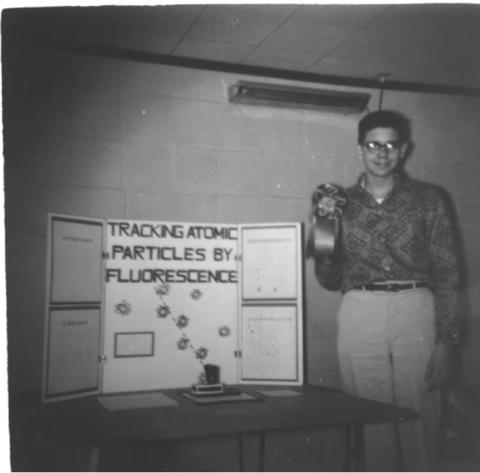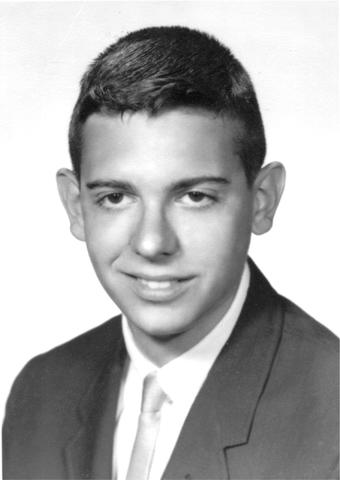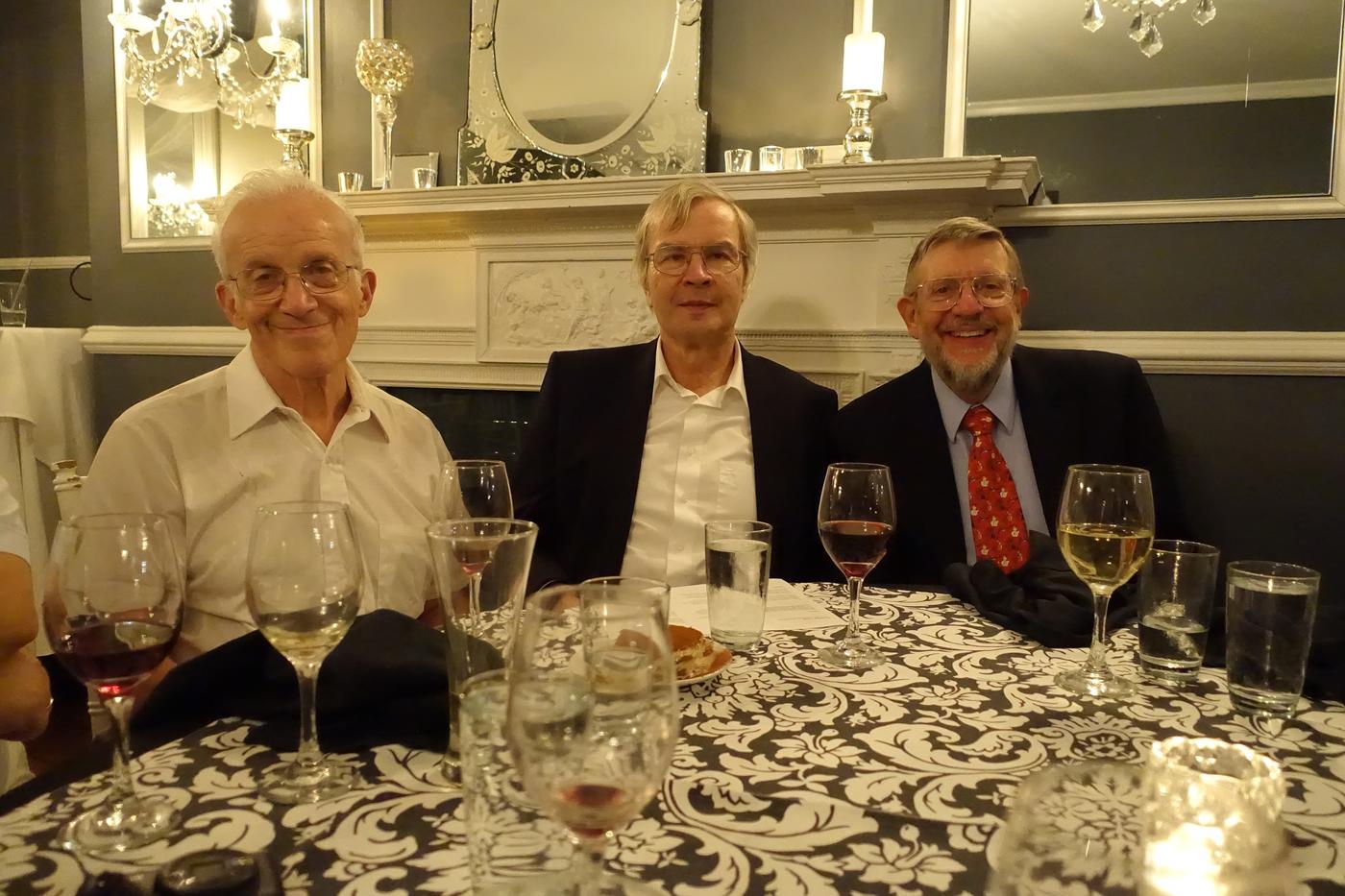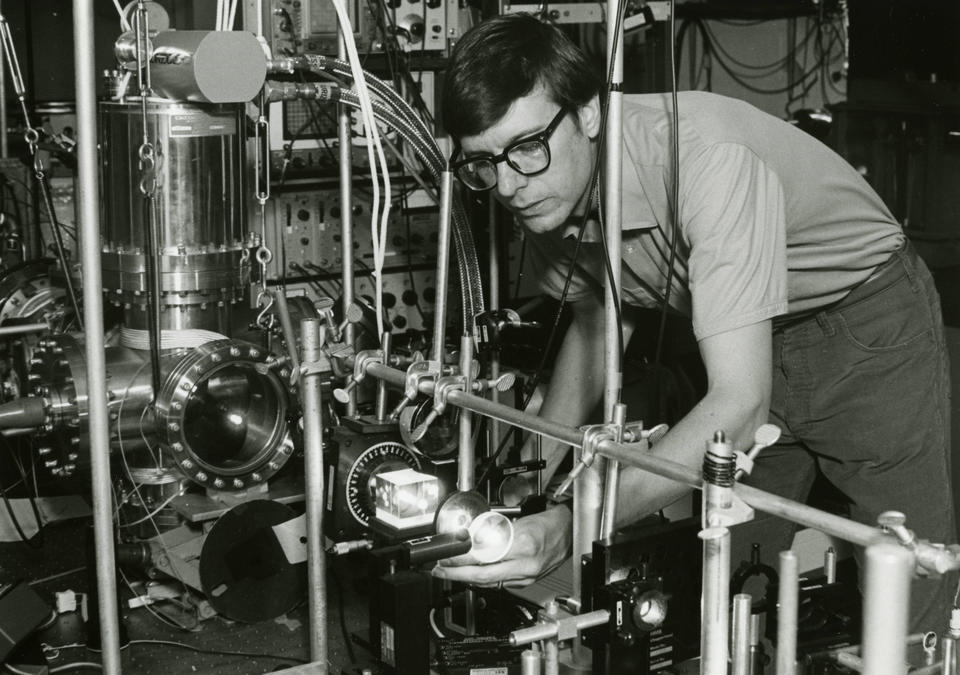The Person behind the Nobel Prize: Bill Phillips
Bill Phillips was born on November 5, 1948, in Wilkes-Barre, Pennsylvania, and he and his sister spent their early years across the Susquehanna River in Kingston. When he was still in elementary school, his family moved to Butler, Pennsylvania, where his brother was born. His parents, both social workers with “no particular knowledge or special interest in science,” according to his Nobel biography, were nevertheless supportive from the beginning, tolerating his youthful experiments with homebrewed chemical concoctions, rockets and carbon arcs—even when they tripped the house’s circuit breakers.
Phillips says he got from both his parents “a love of learning. That was very strong in my family—they expected us to do well in school.”

By the time he reached his 10th birthday, Phillips had decided that he wanted to be a scientist. He became attracted to the simplicity and beauty of physics, he said, because, unlike fields such as chemistry or biology that require prodigious amounts of memorization, “You didn’t have to know much to understand physics. You had to know how things related.”
Another family move took Phillips to Camp Hill, Pennsylvania, where he took his first formal course in physics at Camp Hill High School. It was there that he met his future wife, Jane Van Wynen.

Phillips graduated summa cum laude from Juniata College in Huntington, Pennsylvania, his parents’ alma mater, in 1970. During his senior year, Phillips got his first taste of the life of a professional research physicist at Argonne National Laboratory in Illinois, when he spent a semester working on “electron spin resonance,” a technique used to study the structure of molecules.
For graduate school, Phillips chose the Massachusetts Institute of Technology. He was attracted by the atmosphere of research and camaraderie in the group of Daniel Kleppner, a towering figure who during his long career has influenced nearly every major field in atomic physics today. Phillips absorbed his mentor’s style of inquiry—one of honest and lively discussion, underscored by the belief that one can do groundbreaking physics “with openness, humanity and cooperation,” as he put it in his Nobel biography.
Phillips earned his doctorate by doing two different experiments in atomic physics, each of which would have earned a Ph.D. on its own. The first, which built on earlier work by Kleppner, involved measuring the magnetic properties of protons in water. Those measurements helped lay the foundation for later precision measurements (in which Phillips participated at NIST) of the fine-structure constant, one of the most important numerical values in physics. Phillips’ graduate school measurements remain unsurpassed to this day.
“He did a beautiful job on that—it was just a gorgeous experiment,” Kleppner recalls. “But when he finished, he felt that it wasn’t really good enough for a Ph.D. So he went on to do a second experiment very well … he really did a double thesis. He wasn’t required to do it, but his standards were pretty high.”

A new technology enabled Phillips’ second experiment. Tunable dye lasers offered researchers light with precisely controlled, pure color for the first time.
“I thought, hey, this looks interesting,” Phillips recalls. “And I went to Dan and said I’d like to include something having to do with lasers as part of my thesis, because it looks to me like that’s the wave of the future.”
Phillips used such lasers to study collisions of sodium atoms.
After receiving his Ph.D. in 1976, Phillips won a Chaim Weizmann postdoctoral fellowship, which enabled him to stay at MIT. In collaboration with physicist David Pritchard and chemist James Kinsey, both also at MIT, he extended the atom-collision studies he had begun with Kleppner. In this work, Phillips and his colleagues could choose to influence selected sodium atoms in a gas—namely, those moving at specific velocities—by slightly tuning the laser’s frequency (i.e., its color) so that the Doppler shift seen by the moving atoms would allow only the atoms with the selected velocity to be excited to a higher energy level. This process provided a crucial foundation for the laser cooling work he would later pursue at NIST.
In another experiment with hydrogen, Phillips worked with Kleppner and his fellow MIT physics professor Thomas Greytak on the first steps towards creating a Bose-Einstein condensate (BEC). The BEC is a state of matter predicted by Albert Einstein in 1924 based on a revolutionary new concept by Indian physicist Satyendra Nath Bose. Einstein’s idea was that at very low temperatures and high density, certain gaseous atoms would become indistinguishable from their neighbors, and a large fraction of them would be forced into the state with the lowest possible velocity—forming a condensate. Despite the early progress, the goal of producing a condensate in the lab would have to wait until 1995, long after Phillips had left MIT for NIST-Gaithersburg, when NIST-Boulder colleague Eric Cornell and Carl Wieman of the University of Colorado created a BEC of rubidium atoms, building on some of the techniques that Phillips and his colleagues had developed in Gaithersburg.

Phillips’ first thesis experiment, on the magnetic properties of protons, had brought him into contact with members of the precision-measurement community, among them NIST scientists Barry Taylor and Ed Williams. Thanks in part to those connections, Phillips was offered a job at NIST’s Gaithersburg, Maryland, campus in 1978, to make precision electrical measurements—specifically, to measure the proton’s gyromagnetic ratio (the ratio of two important fundamental properties of the particle) and the ampere, the standard unit of electric current. (This involved determining the frequency at which protons precessed in a magnetic field measured in units of tesla.)
The young physicist’s experience with lasers and atomic physics inspired him to seek, as he later put it, “stolen moments to dabble in laser cooling.” His managers had encouraged and supported this work in addition to his electrical measurements, and Phillips just had to be highly resourceful to do both in the same position.
One of NIST’s many responsibilities is to create a time standard to which other timekeeping devices can refer. Such clocks rely on precise measurements of atoms. At the time Phillips joined the agency, its workhorse cesium clock operated above room temperature, limiting its precision. Seeing the potential for improvement, NIST management supported Phillips’ laser cooling work.
“One of the great things about NIST was that people didn’t get hung up on whether this fit in with a particular part of the bureaucracy,” Phillips says. “People didn’t say, ‘You can’t do that because that’s not what we do in the Electricity Division.’ ”
Phillips’ side project grew into his main focus, and eventually his full-time job. He and a team of researchers spent the ensuing years developing and improving techniques to cool and capture atoms using combinations of lasers and magnetic traps.
“He was a wonderful student, and just a wonderful person. His work from the very beginning was at an exceptionally high level. I learned as much from him as he was learning from me, I think.”
– Daniel Kleppner, MIT physicist emeritus, Bill Phillips’ graduate advisor

